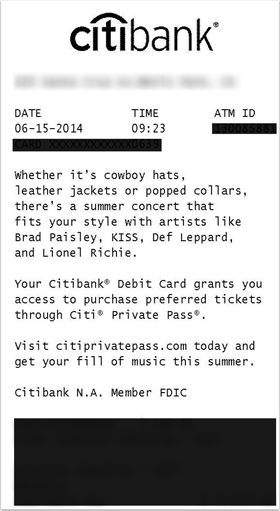Triggered and transactional emails
- laura
- January 8, 2016
- Best practices
 Earlier this week I was talking on IRC with some colleagues. There was some kvetching about senders that think transactional emails are the same as triggered emails. This led to discussion about whether transactional and triggered emails are the same. I don’t think they are, but it took a while for me to come up with why I don’t think they’re the same. It took even longer to come up with definitions I liked.
Earlier this week I was talking on IRC with some colleagues. There was some kvetching about senders that think transactional emails are the same as triggered emails. This led to discussion about whether transactional and triggered emails are the same. I don’t think they are, but it took a while for me to come up with why I don’t think they’re the same. It took even longer to come up with definitions I liked.
Transactional Emails: Emails sent in response to direct request by the recipient. Transactional emails are usually one-off emails. Transactional emails probably don’t need an unsubscribe link, although it may be a good idea to include one just to make people feel comfortable receiving them. Examples: password reset emails, receipts, tickets.
Triggered Emails: Emails sent in response to an action by a recipient. Triggered emails can be one-off, but can also be series of emails. Triggered emails should have an unsubscribe link, so people can stop the emails if needed. Examples: cart abandonment emails, after purchase surveys, followups to software installation.
The key difference is that in a transactional email, the recipient has asked for that particular email. In a triggered email, the recipient may very well want and respond to the email, but they didn’t ask for it.
There are, as always, some grey areas here. Is a welcome message transactional or triggered? Probably transactional, but they should always have an unsubscribe link.
What about software installation followups? We’ve been looking at some alternatives to our current time tracking software which involved me setting up accounts at multiple different SaaS providers. A couple of them had triggered welcome series. These emails let me know things I could do with the software, things I still needed to set up, and led me through the process of trying out their system.
This was mostly good, but not completely. One of the series didn’t have an opt-out link, though. That was somewhat annoying because I’d already decided the tracker didn’t do what we needed. I couldn’t make the mail stop. I think if there is one thing I’d say about mail is that senders should never force someone to receive their mail.
It’s tempting for senders to define all triggered emails as transactional. Since it’s a user action that caused the mail to be sent, it must be a transactional email. But a lot of triggered emails are triggered by actions the user doesn’t know will trigger an email. Cart abandonment emails are a good example of this, not every retailer has them and so users aren’t yet expecting to get an email if they drop stuff in their carts and then leave the site.
Overall, both transactional and triggered emails have their place in a healthy email program. But they shouldn’t be confused for one another and should be treated as separate mail streams.
 One of the things our bank does that I really like is send ATM receipts directly to the email address associated with the ATM card. No more random pieces of paper I have to track down, it’s all there in my mailbox. This week I noticed that the bank is leveraging the transactional mail to tell me about new services they provide.
One of the things our bank does that I really like is send ATM receipts directly to the email address associated with the ATM card. No more random pieces of paper I have to track down, it’s all there in my mailbox. This week I noticed that the bank is leveraging the transactional mail to tell me about new services they provide.